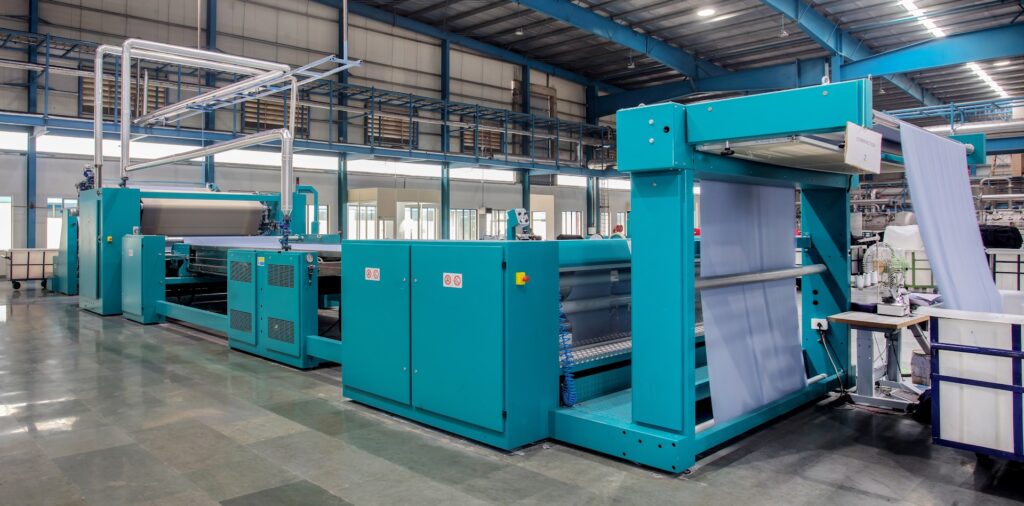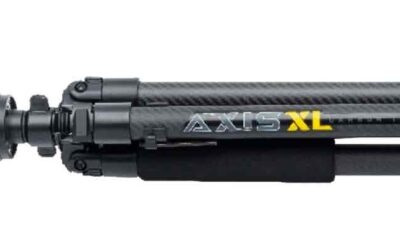In the realm of outdoor adventures, there’s been a significant shift towards recognizing the importance of protecting the environment. For men who spend their days working hard, the wilderness offers a much-needed escape. Yet, the irony of using gear that might harm these natural retreats has led to a growing movement towards eco-friendly outdoor gear. This shift is not just about embracing a trend; it’s about making a conscious decision to safeguard our natural world for future generations of adventurers.
The Rise of Eco-Conscious Outdoor Gear
The outdoor industry is at a crucial turning point, driven by a collective acknowledgment of its environmental footprint and a strong push towards sustainability. This evolution is powered by you! Your growing demand for products that align with your environmental values is reshaping the market. A recent survey highlighted that a significant majority of outdoor enthusiasts are willing to invest more in gear that’s kind to the planet. This willingness reflects a broader commitment to environmental responsibility and acknowledges the long-term benefits of durable, high-quality gear.
Innovations in Manufacturing
Responding to this shift, the outdoor gear industry has embraced remarkable innovations aimed at minimizing environmental impacts. This includes a move towards sustainable materials like recycled plastics and organic cotton, which are replacing traditional materials that contained harmful substances. Manufacturing processes are also getting a green makeover, with efforts to reduce water usage, emissions, and chemical use. Plus, the adoption of circular economy principles means products are now designed to be durable, repairable, and recyclable, significantly cutting down waste and environmental degradation.

Key Areas of Innovation in Eco-Friendly Gear
For those of us who appreciate the value of high quality and durability, the transition to sustainable outdoor gear mirrors the principles you live by. This shift is marked by innovations in materials, product life cycle, and energy efficiency, allowing you to enjoy the wilderness with a lighter ecological footprint.
Materials and Production
The industry is turning to recycled materials for clothing fibers and gear, reducing the demand for new plastic production. Organic cotton and responsibly sourced down are becoming the norm for outdoor apparel, offering a cleaner alternative without compromising performance or durability.
Product Life Cycle
Gear is now designed with durability and repairability in mind, reflecting a commitment to longevity and sustainability. Companies are introducing programs for gear recycling and upcycling, embracing a more circular approach to product life.
Energy Efficiency and Renewables
For gear that requires power, there’s a push towards energy-efficient and renewable options. Solar-powered chargers and energy-efficient cooking stoves are becoming staples, minimizing environmental impact without sacrificing convenience or functionality.
Spotlight on Eco-Friendly Gear Categories
From the clothes you wear to the equipment you rely on, every category of outdoor gear is seeing eco-friendly innovations. This section delves into how sustainability is being integrated, offering greener choices without compromising on the toughness or reliability you need.
- Apparel: Sustainable apparel is leading the charge, with brands utilizing recycled materials and organic fibers to produce everything from rugged jackets to breathable shirts, ensuring that your gear withstands the elements while being kind to the planet.
- Camping Gear: Camping essentials like tents, sleeping bags, and backpacks are getting a sustainable overhaul. Look for gear made from recycled materials and designed with non-toxic treatments, offering durability and comfort in the great outdoors.
- Fishing and Hunting Gear: For those who enjoy fishing and hunting, there’s a shift towards biodegradable lines and lead-free ammunition, reducing the environmental impact of these activities and ensuring they can be enjoyed responsibly for years to come.
- Hiking and Climbing Equipment: Hiking boots, climbing ropes, and harnesses are now available in eco-friendly versions, using recycled materials and sustainable production methods to ensure that your climb or hike has a minimal environmental footprint.

How to Make Eco-Conscious Gear Choices
Making informed eco-conscious gear choices is crucial. Start by researching the materials and checking for sustainability certifications like Bluesign or Global Organic Textile Standard (GOTS). Consider the product’s lifecycle, opting for durable and repairable items. Support brands that are transparent about their sustainability efforts and engage with them to learn more about their practices. Educate yourself and stay informed about the latest in sustainable outdoor gear, and don’t hesitate to ask manufacturers about their environmental policies.
Conclusion
For the men out there, making eco-conscious gear choices is a reflection of a deeper respect for the natural spaces that offer solace, adventure, and a break from the daily grind. By opting for sustainable gear, we’re not just minimizing our impact on the environment; we’re investing in the future of our outdoor pursuits. The innovations and choices available today mean we don’t have to compromise on quality or performance to be environmentally responsible. Let’s gear up for our next adventure with the planet in mind, ensuring the great outdoors remains vibrant and accessible for generations to come.




0 Comments